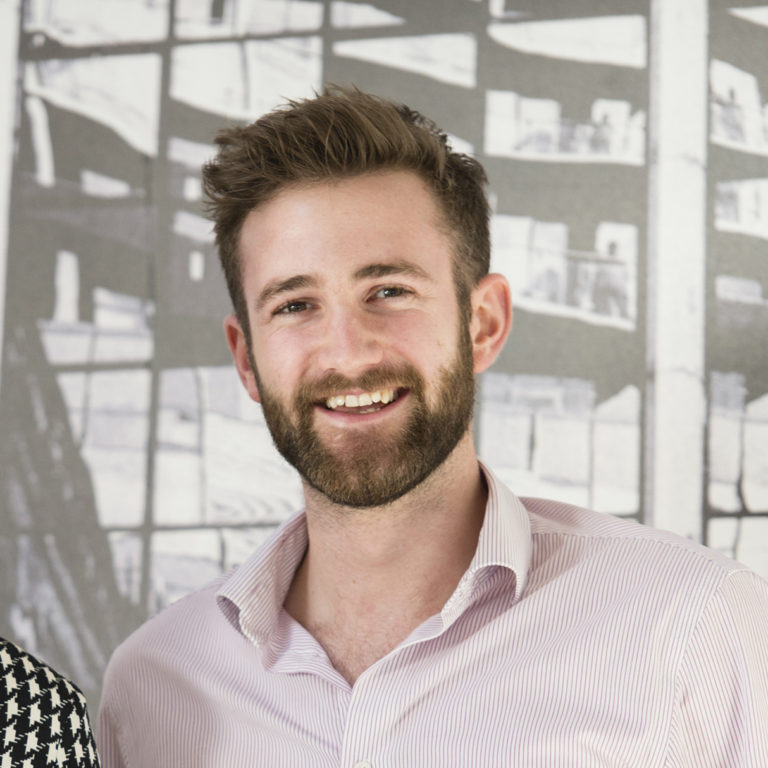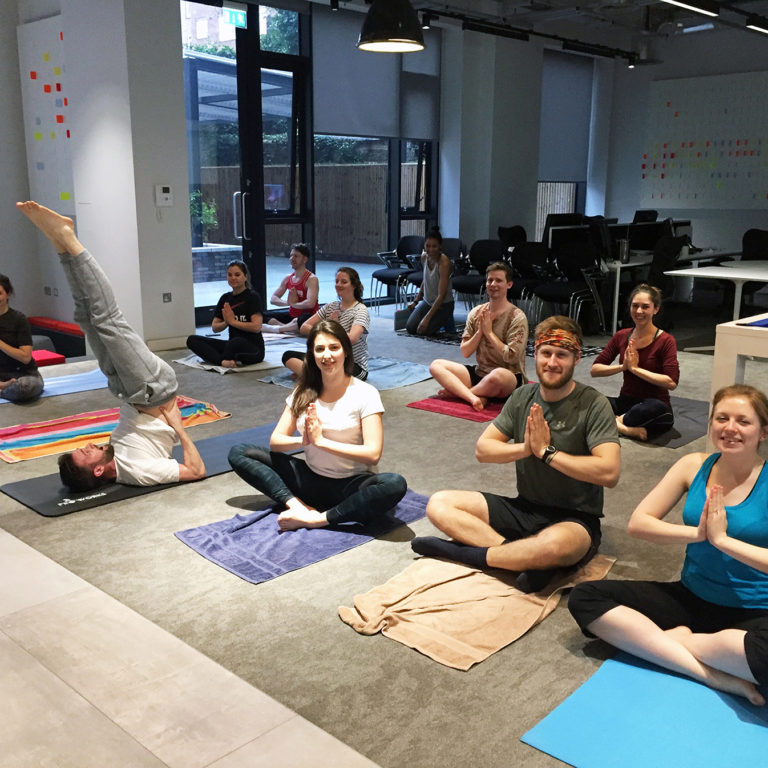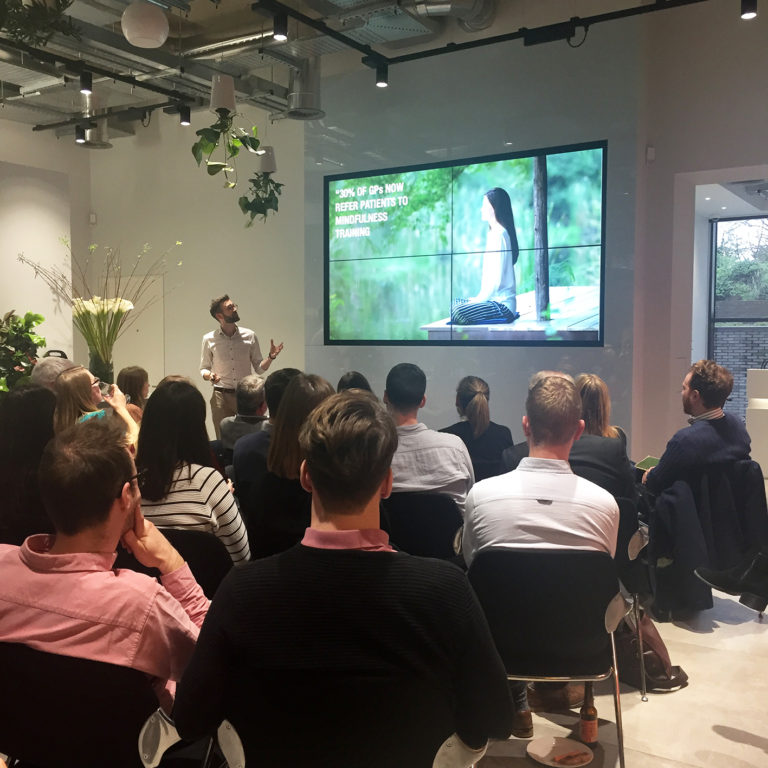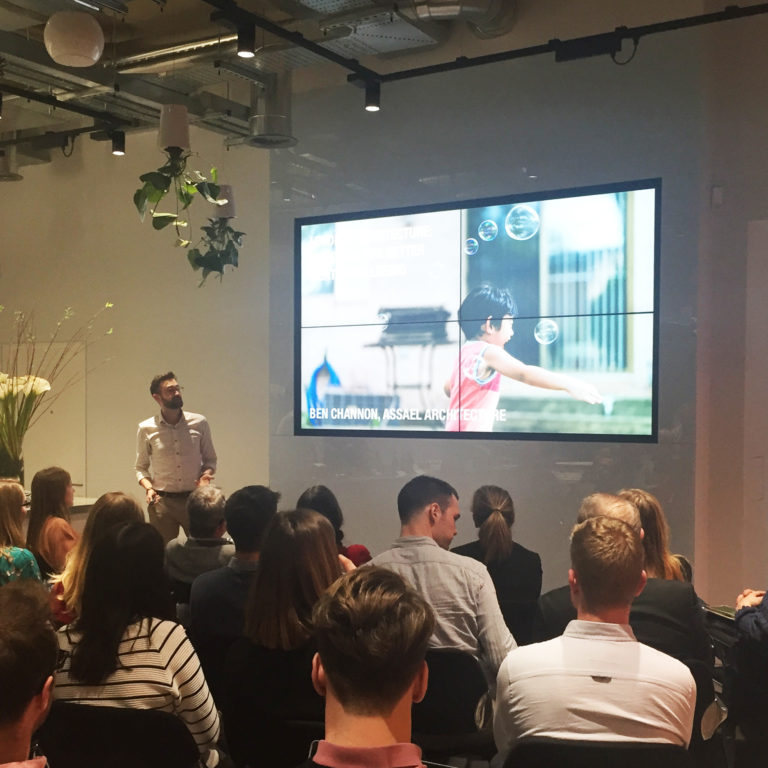How to Use Mindfulness to Escape the Stresses of Architectural Life
Ben Channon, Senior Architect at Assael, has written a piece in ArchDaily on improving mental wellbeing in architecture.
“Mental wellbeing is a real topic of concern in architecture. A recent survey by The Architects’ Journal revealed that over 52% of architecture students expressed concern regarding their mental health.[1] When one considers the long hours, the competitive nature of the course, as well as the sheer duration of study, this perhaps isn’t that surprising. The “all-nighter” attitude of most architecture schools exacerbates the problem, as studies show a lack of sleep reduces the mind’s resilience to issues such as anxiety and depression.[2]


Yet this aspect of the architectural education system isn’t showing any sign of changing. What can architectural students (and their professional counterparts) do to minimise the impact that architecture has on their psychological wellbeing? I would argue that the answer, at least partly, can be found in the practice of mindfulness.
Mindfulness at its core is a meditation-based practice that relies on the simple act of focus, typically on breathing or physical sensations. Although Buddhist in origin, it was brought to the attention of Westerners in the latter part of the 20th century by scientist Jon Kabat-Zinn, who was interested in the ways in which mindfulness could be used to reduce stress. Following a particularly stressful time in my life a few years ago, I thought I’d give it a try, using a ten-minute-a-day meditation app.
The first time I tried meditating I was fairly skeptical, although ten minutes away from screens and noise didn’t seem like it could do any harm. I promised myself I would try the exercise every day for a week, and strangely as this week went on I finished each session feeling calmer and more balanced. And, more surprisingly, as a result of this I started to feel happier as well.
I have since learned that practicing these exercises can cause an actual physical change to the brain – a reduction in parts of the amygdala.[3] These were some of the earliest parts of the brain to evolve, and are closely linked to our fight or flight tendencies; despite fleeing or fighting not being particularly great life decisions in modern society, when we get stressed our amygdala still bombards us with adrenalin, which causes many to feel anxious or worried. However, it turns out you can train this part of your brain just like a muscle, and with my newly slimmed-down amygdala I started to feel not only a greater sense of calm but was far more aware of how my mind was behaving.
Scientists now believe that meditation can offer us far more than simply feeling calmer and happier. In the hundreds of studies released over the last 20 years, mindfulness has been shown to increase focus, improve the ability to multitask, boost creativity, improve memory and even the ability to regulate emotions.[4] These are all key “soft skills” for an architect and can add up to make you far more employable. Improved focus will help you to draw and model more efficiently than your counterparts, while the ability to multitask can prove vital as you work on different projects across a variety of workstages. Improved creativity will help you to stand out in a team design charrette; a better memory will help you to recall the name of that great precedent you saw; and managing your emotions can be crucial in those meetings with difficult tutors, clients, planners, or members of the IT team who ask if you’ve tried turning it off and on again.
Architect Vo Trong Nghia recently paid for all 80 of his staff to attend a vipassana meditation retreat, which are renowned for long periods of silence.[5] These focus on what Buddhists refer to as the three marks of existence: impermanence, suffering, and non-self – all of which seem particularly relevant for architects. The company has also incorporated a mandatory 2-hour meditation session into their day.[6]
While not quite going to these extremes, I now run a weekly mindfulness session in our office at Assael Architecture. Despite common misconceptions, this doesn’t involve scented candles or holding hands and chanting. Instead, think breathing exercises, visualisations, and honing your awareness of the sounds around you or the weight of your body pressing down on your chair. Anybody in the office is welcome to join, not just architects, and it has been met with very positive responses. Almost every “first-timer” has gone away saying how relaxed they feel afterward, while those who have been doing it for longer remark upon how much they look forward to their lunchtime escape from the chaos of the construction industry. Herein also lies the beauty of mindfulness – it can be seen as a tool to strengthen and shape your mind long-term, or simply as a nice way to enjoy ten minutes of silence.
If you’d like a taster of mindfulness, next time you’re feeling particularly stressed or anxious, here are a few simple exercises to get you started:
- Wiggle your big toes in your shoes. Focus on the sensation of how they feel against the tops and the bottoms of your shoes, and how it feels to clench and unclench them.
- Take 30 seconds to focus solely on your breathing. This doesn’t mean you need to start taking huge breaths so that others around you will notice, but simply be intrigued by what is happening as you breathe. Pay particular attention to the sensation of air passing through the nostrils, or to where you can feel the rise and fall in your chest or abdomen.
- Stop what you are doing and notice what you can hear. Listen in, beyond people talking, and focus in on the sounds around you. Perhaps the building itself is making noises, or you can hear planes overhead that you would never usually notice. Become genuinely inquisitive, as if you were hearing these noises for the first time.
Doing one or more of these activities will focus you on the present moment, and hopefully pull you out of the stress-inducing narratives we find ourselves in most days.“
Ben Channon is a Senior Architect at Assael Architecture and is currently undertaking his training as a mindfulness practitioner. He runs the Instagram @mindful.inspiration and is currently writing a design guide on architecture and mental wellbeing.


References:
- Waite, Richard and Braidwood, Ella, “Mental health problems exposed by AJ Student Survey 2016,” The Architects’ Journal, 28 July 2016
- “Sleep and mental health,” Harvard Mental Health Letter, July 2009.
- Ireland, Tom, “What Does Mindfulness Meditation Do to Your Brain?” Scientific American, 12 June 2014.
- Seppälä, Emma M, “20 Scientific Reasons to Start Meditating Today,” Psychology Today, 11 September 2013.
- Hartigan, Patrick, “Architect Vo Trong Nghia meditates on creative process,” The Saturday Paper, 15 October 2016.
- Chan, Allison and Hague, Corey, “Vo Trong Nghia: Concentrating on harmonising architecture and nature,” Australia Plus, 28 July 2016.